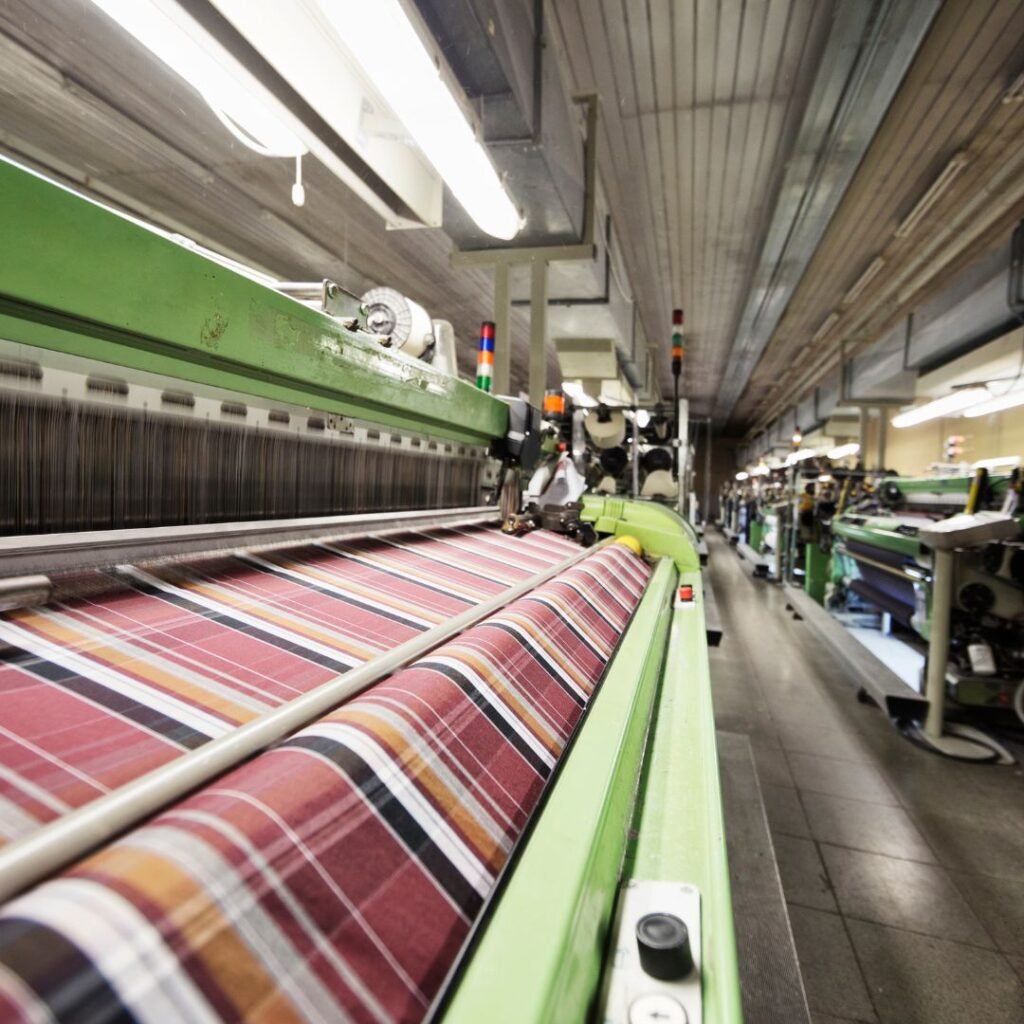
Introduction
The textile sector in India has witnessed a significant transformation in the past ten years. While government policies, globalization, and digitalization have played pivotal roles, the rising emphasis on sustainability stands out as a game-changer. The role of sustainability in the growth of textile industry in India over the last decade has become a crucial focal point, shaping how businesses operate and how consumers perceive products.
From eco-friendly practices in traditional handlooms to cutting-edge innovations in technical textiles, sustainability is no longer a trend—it’s a necessity. This blog explores how sustainability has propelled the Indian textile industry forward, both environmentally and economically.
The Rise of Eco-Conscious Consumerism
The growth of textile industry in India has closely mirrored a global shift toward eco-conscious consumption. Over the past decade, Indian consumers have become more aware of the environmental and ethical impact of their fashion choices.
Why it Matters:
- Increased demand for organic cotton, jute, and bamboo textiles.
- Preference for garments made with natural dyes and water-efficient processes.
- Growth of slow fashion and ethical brands that emphasize transparency.
This shift in consumer mindset has pushed Indian textile manufacturers to embed sustainability into their production cycles.
Government Initiatives Supporting Sustainable Growth
The role of sustainability in the growth of textile industry in India over the last decade has been greatly amplified by supportive government programs.
Key Initiatives:
- SAATHI (Sustainable and Accelerated Adoption of Efficient Textile Technologies to Help Small Industries): Promotes energy-efficient machinery and practices.
- National Textile Policy (Draft 2020): Highlights environmental sustainability as a pillar of long-term growth.
- PM MITRA Parks: Focus on sustainable infrastructure for mega textile hubs.
- PLI Scheme: While targeting exports, it also encourages eco-friendly production methods.
These initiatives show how sustainability is not just an industry choice but a national policy priority.
Sustainable Practices Redefining Indian Textile Manufacturing
1. Use of Organic and Natural Fibers
The industry has moved away from synthetic fibers toward biodegradable alternatives. Organic cotton farming, for example, uses 90% less water compared to conventional cotton and significantly reduces chemical usage.
2. Natural Dyes and Reduced Chemical Usage
Synthetic dyes are harmful to both people and the environment. Indian textile artisans and large-scale manufacturers are turning to plant-based dyes and eco-friendly fixing agents, reducing toxicity in waterways.
3. Water Recycling and Zero Liquid Discharge (ZLD)
Many dyeing and processing units have adopted ZLD systems, allowing them to recycle water and eliminate wastewater discharge. This is a major win for sustainability in water-scarce regions like Tamil Nadu.
4. Solar and Renewable Energy Use
Mills across Gujarat and Maharashtra are switching to solar-powered operations to reduce their carbon footprint and align with India’s renewable energy goals.
These practices illustrate how the role of sustainability in the growth of textile industry in India over the last decade is not theoretical—it’s practical, measurable, and impactful.
Fashion Industry and Sustainable Textiles
The fashion segment, which consumes a significant share of textiles, has seen an evolution toward eco-friendly design.
Emerging Trends:
- Upcycling and Recycling: Brands are repurposing textile waste into new garments.
- Eco-labeling and Certifications: Products certified by GOTS (Global Organic Textile Standard) and OEKO-TEX gain consumer trust.
- Slow Fashion: A counter-movement to fast fashion, slow fashion emphasizes quality, durability, and ethical production.
Indian fashion designers and textile brands are using these trends to gain a competitive edge in both domestic and international markets.
The Impact on Export Markets
Global demand for sustainable textiles has opened up new markets for India. Countries like Germany, Japan, and the US now prefer sourcing from environmentally responsible manufacturers.
Key Developments:
- Exporters adopting sustainable compliance certifications.
- Improved trade relations through eco-friendly practices.
- India’s growing reputation as a hub for green textiles.
This global positioning highlights the role of sustainability in the growth of textile industry in India over the last decade as a critical factor for export-led growth.
The Role of Startups and Innovation
Sustainability has also given rise to a wave of textile tech startups in India.
Notable Innovations:
- Biodegradable fabrics from agricultural waste.
- AI-based energy efficiency tools for textile mills.
- Blockchain for sustainable supply chain transparency.
These startups are disrupting traditional models and injecting new energy into the industry’s growth narrative.
Challenges to Sustainable Adoption
Despite progress, challenges remain:
- High cost of eco-friendly technology.
- Lack of awareness in rural manufacturing units.
- Inconsistent implementation of sustainability standards.
Addressing these challenges is key to fully realizing the role of sustainability in the growth of textile industry in India over the last decade.
Future Outlook: Green is the New Growth
With global pressures like climate change, and domestic goals like Atmanirbhar Bharat (self-reliant India), the future of Indian textiles is green. As sustainability becomes more embedded in supply chains, certifications, and consumer behavior, the industry is expected to grow responsibly.
Projections:
- India to become a top exporter of sustainable fashion by 2030.
- Wider adoption of circular economy practices.
- Full integration of sustainability in textile education and training.
Conclusion
The role of sustainability in the growth of textile industry in India over the last decade is profound. It has reshaped production methods, influenced consumer behavior, unlocked export potential, and inspired innovation. As the industry continues to evolve, sustainability will remain not just a trend—but the foundation of future success.